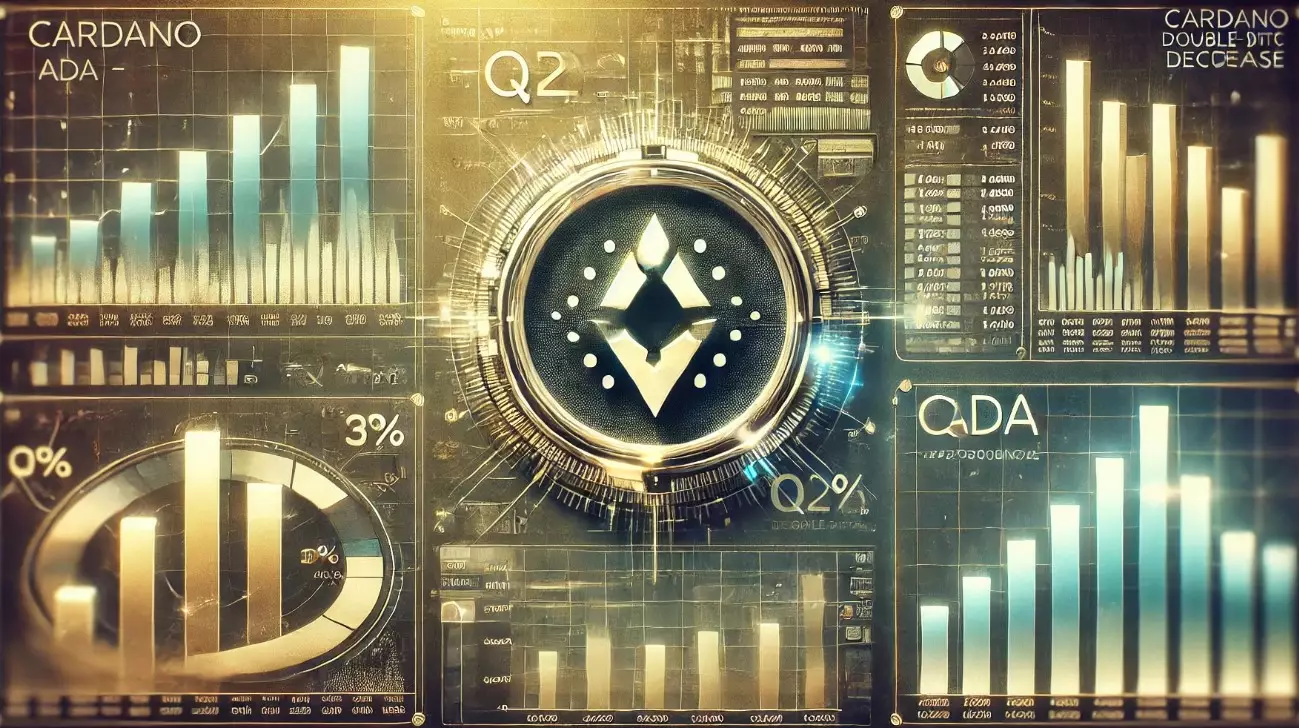The Cardano (ADA) ecosystem recently experienced a boost in various key metrics with the successful implementation of the anticipated Chang upgrade on September 1. Despite a bearish market sentiment affecting ADA’s price, the Cardano Foundation reported an increase in investor activity and blockchain usage. According to a recent social media post by the Foundation, smart contract transactions surged by 31%, while metadata transactions (excluding smart contracts) grew by 20%. However, simple transactions faced a decline of 49%. In total, Cardano recorded 95.9 million transactions in August, marking a slight increase of 1.51%.
The number of wallets created on the Cardano blockchain saw a positive movement, rising by 0.67% to reach 4.87 million. Conversely, the number of delegated wallets decreased by almost 1%, totaling 1.33 million. Additionally, there was a 0.75% increase in plutus scripts, with 6,709 new smart contracts created. This enables developers to build secure decentralized applications without intermediaries.
Cardano’s native tokens experienced a 0.85% increase, leading to the creation of 10.3 million new tokens. The most significant growth was seen in policy creation, which surged by 6.53% with 160,299 new policies introduced. This indicates a growing interest in developing decentralized applications within the Cardano ecosystem.
Charles Hoskinson, the founder of Cardano, outlined the network’s upcoming developmental and governance phases following the Chang hard fork. The network is entering a “90-day bootstrap phase” where key governance components will be activated. Hoskinson detailed the roadmap for the Chang hard fork, aiming to achieve full decentralization in the age of Voltaire.
During the bootstrap phase, initiatives such as the registration of Delegated Representatives (DReps) and the formation of an interim Constitutional Committee will take place. Plans for the “Chang +1 upgrade” are also in place, with the goal of achieving fully decentralized governance by December 2024. Cardano is working on drafting its first formal constitution, with over 50 workshops globally engaging stakeholders in the process. Delegates elected in these workshops will contribute to a constitutional convention in Argentina in December, where the proposed V1 constitution will be developed.
Hoskinson emphasized a significant shift towards decentralization within Cardano. IOG, the engineering firm behind the ecosystem, will eventually relinquish its governance role, and DReps will no longer be necessary. This move aims to further decentralize the decision-making process within the network.
Market intelligence platform Santiment highlighted a surge in address activity for ADA, which historically signals a potential rebound during price declines. Currently, ADA has seen a nearly 3% increase over the past week, trading at around $0.344, with a recent 2% rise in the last 24 hours. However, the token still reflects a monthly loss of nearly 1%.
The growth of the Cardano ecosystem and the upcoming governance reforms signal a promising future for the network. With a focus on decentralization, policy creation, and smart contract development, Cardano is positioning itself as a leading platform for decentralized applications. Investors and developers alike are closely watching the progress of Cardano as it continues to evolve and expand its ecosystem.
















Leave a Reply